Resolution A/V Hosts a DeVORE Fidelity-Nagra Listening Event
our Malachi Lui attended and reports what he saw and heard
On a pier in Red Hook, Brooklyn, an unassuming brick structure sits opposite the drab monstrosity that is the Amazon fulfillment center. Among other things, that brick building houses Resolution A/V, an impressive operation that’s much more than a normal hi-fi dealer. In addition to two showrooms on the edges of their second floor warehouse space, Resolution has several workrooms for diagnosing and repairing vintage gear, as well as designing top-end smart home A/V systems. Those “solutions,” many of them conveniently centralized and wirelessly controlled over multiple rooms, can go well beyond normal wireless systems; some are built into the home itself, the “guts” hidden to avoid any aesthetic disruption.
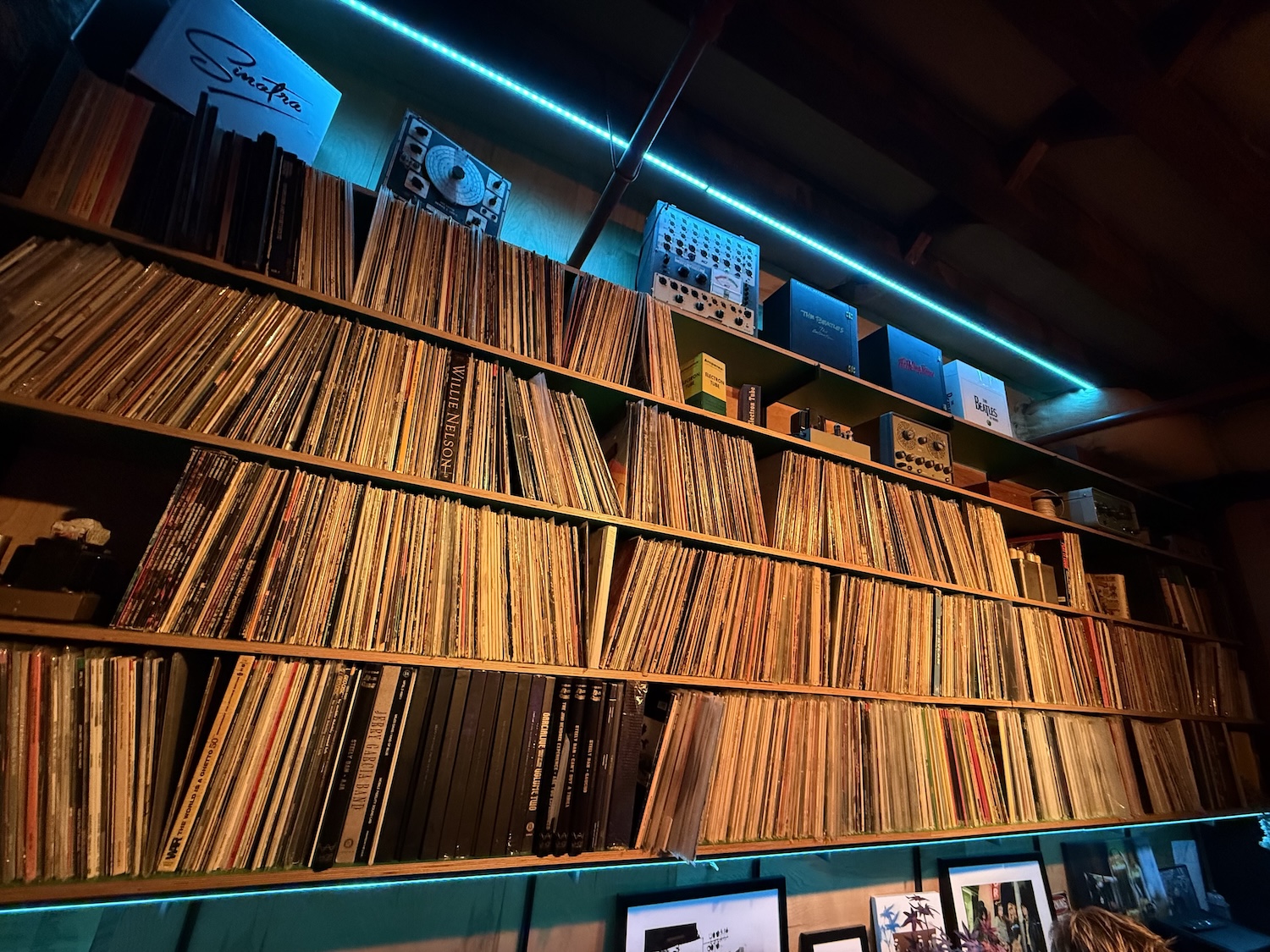
I asked founder Adam Wexler about the stacks of vintage gear lining the central warehouse area, which prompted him and his colleague Scott Haggart to show me the side rooms—labs of planning, testing, and building. Wexler explained the scale of Resolution’s integrated home systems (true hifi setups in wealthy clients’ pool areas!) while Haggart described the collaborative, creative work environment. Red Hook isn’t the most accessible neighborhood (one must take a subway to a somewhat unreliable bus), which makes Resolution an intentional destination. Haggart considers this beneficial: it’s a comforting, welcoming space, but not busy to the point of daily, hectic distraction. They can help serious customers whilst retaining capacity to actually work.
Last month (May 29), Resolution hosted an event during which DeVORE Fidelity debuted the production model O/Bronze speakers and Nagra Audio brought their Reference and HD products to the US. John DeVore and Nagra’s Rene Laflamme attended, playing records and explaining the designs.
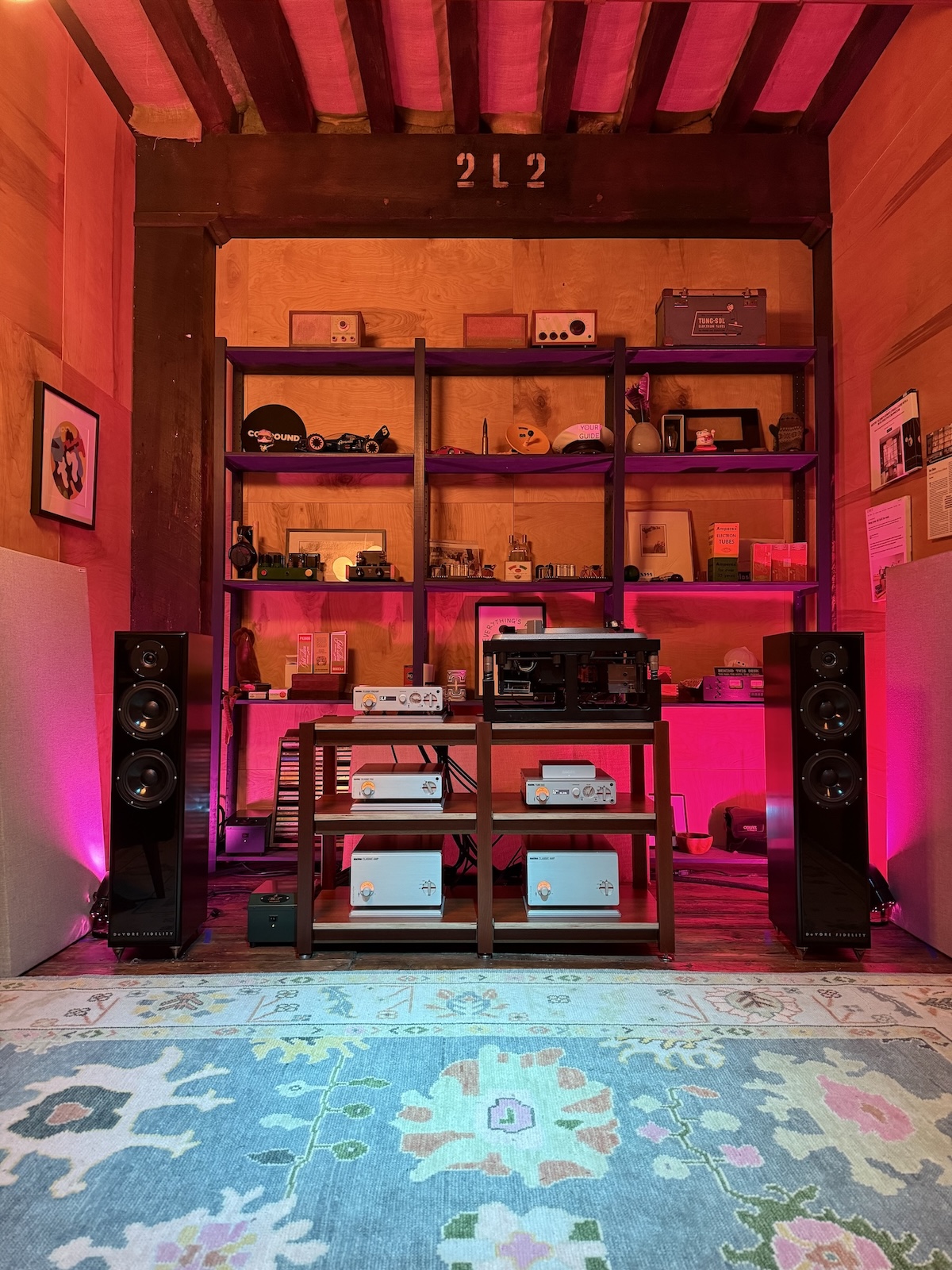
I started the evening in Resolution’s smaller listening room: Nagra tube DAC, Nagra Classic electronics, Audioquest cables, DeVore Super Nine speakers. Fleetwood Mac’s “Dreams” blasted at a louder than comfortable volume. My honest first impression (which I diplomatically relayed that night) was that the system and room sounded hard and bright, but since I knew it was probably pushed too loud, I withheld judgement. That assumption proved accurate, as later that night, I sat there and queued hi-res streams of my choice, volume remote in hand. It sounded much more balanced at normal, medium levels. A warm albeit not excessive midbass emphasis and a slight top end glassiness remained, but it was plenty enjoyable and adequately resolved details. As for the harshness when cranked up, Resolution’s Scott Haggart suggested that the placement of the glass door in relation ot the speakers and room size might be the main factor for that resonance. My objective conclusion: the Nagra Classic/DeVore Super Nine system leaned warm and pleasing, even if the sonic images rarely jumped out at the listener. Personally, it’s not my favorite sonic profile, but if you like that character, I can recommend it.
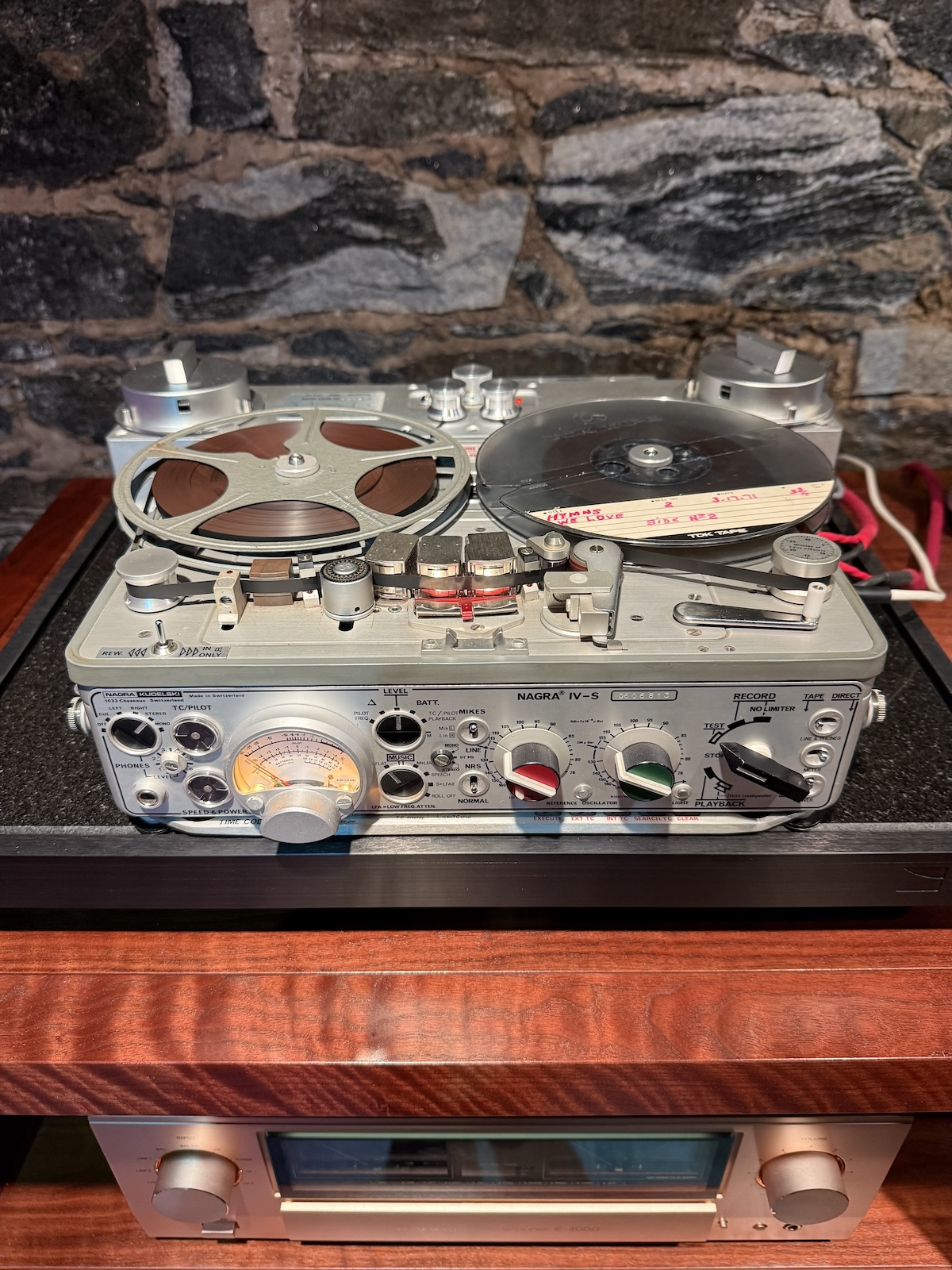
In the bigger room, Laflamme and Haggart played records as well as some of Laflamme’s 2xHD/Nagra reel-to-reel tapes, almost entirely through Nagra Reference electronics (though the phono preamp was Nagra Classic) and DeVore O/Bronze speakers. The system retained a similar characteristic to the smaller room—midbass warmth and a slight transient hardness on top—but had a much bigger soundstage and more noticeable microdynamic detail. The musical selection was impressively diverse: Tom Waits’ Mule Variations, French trumpeter Erik Truffaz’ 1999 Blue Note release Bending New Corners, a King Tubby LP, Stravinsky recordings from Reference Recordings and 2xHD, Classic Records’ reissue of Led Zeppelin’s first album, and “Evil Dub” from minimal techno producer Trentemøller’s The Last Resort. The latter record left me slightly skeptical of the system’s bass clarification (it didn’t sound as urgent as I’d expected), but the bigger room with a more acoustically-friendly layout helped me appreciate what the system sounds like. Again, it’s not exactly my personal taste (my system is generally neutral with a hint of additional midrange richness), but it’s a matter of preferences rather than quality. For the sound it’s going for, it’s a very high quality system.
I talked to Nagra’s Rene Laflamme as well; we discussed everything from PCM vs DSD (he believes quad-rate DSD 256 to be the closest to tape), harmonic distortion, tape stock (he praises the current product coming from Recording The Masters in France as steadily reliable), and the differences between the two systems. Laflamme said that while the small room used the aforementioned Audioquest cabling, the bigger room used Transparent cables, which could also explain some of the differences in general character. I use Audioquest speaker cables in my own system and like them quite a lot, though as with all of this, the pairing is even more important than the components themselves.
I’ll conclude with this however: the two Stravinsky recordings (Reference Recordings and 2xHD, both on vinyl) demonstrated the system’s spatial sense extremely well. The Reference LP was too spacious in the low end to be properly convincing, while the 2xHD engineered by Laflamme was more contained and thus more realistic with its minimal stereo miking setup. After talking to everyone involved and listening extensively, I left the event with a respect for Nagra and Devore and an admiration for Resolution’s work. Despite differing from my personal preferences, this gear pairs well together for those interested in a certain sound that’s warm but not invasive about it.


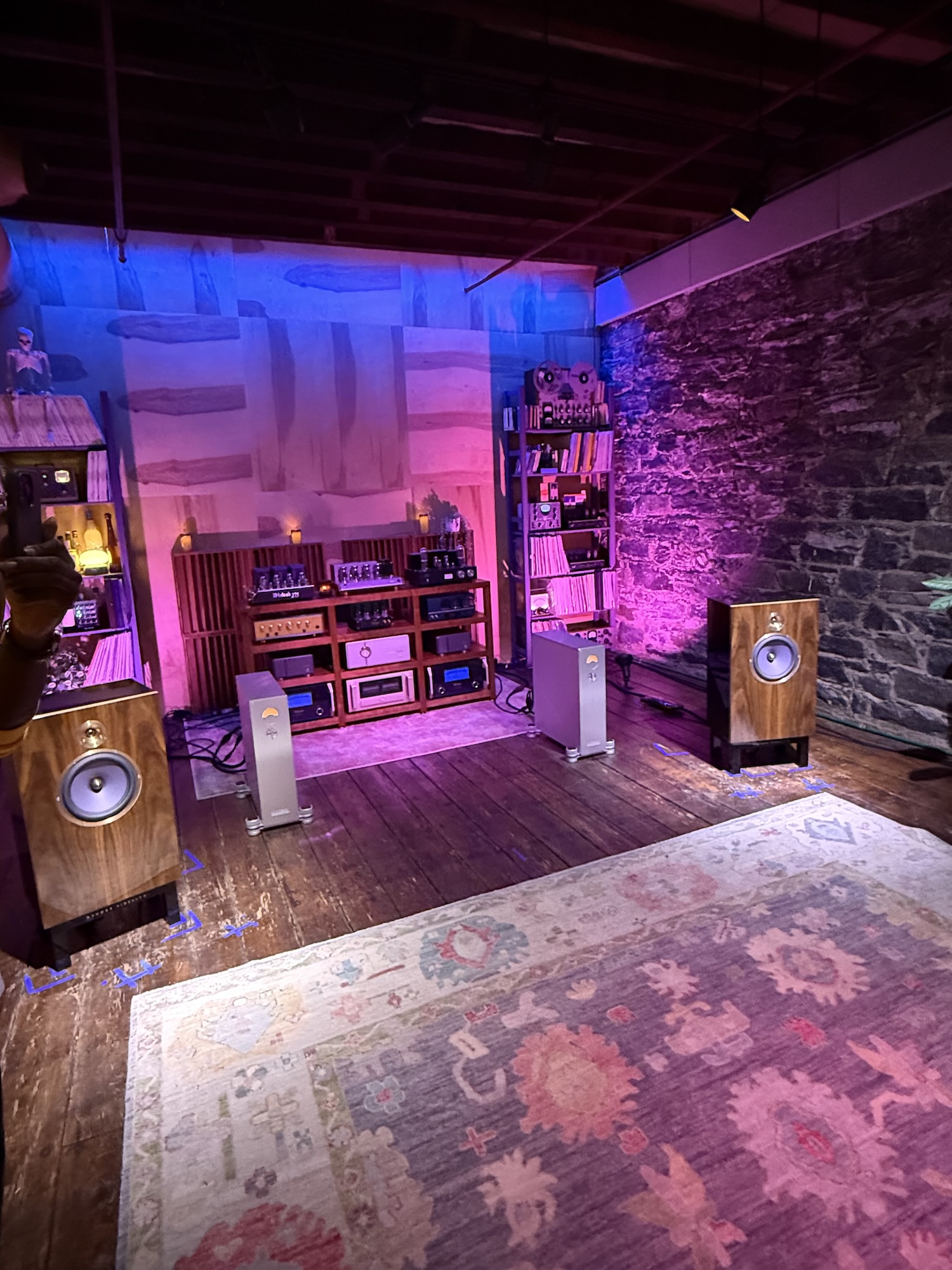

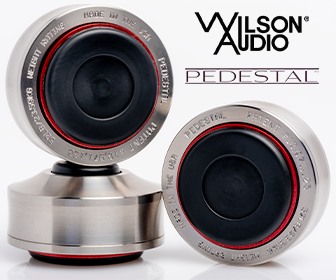
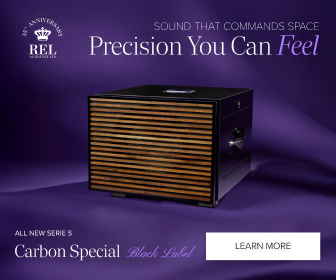
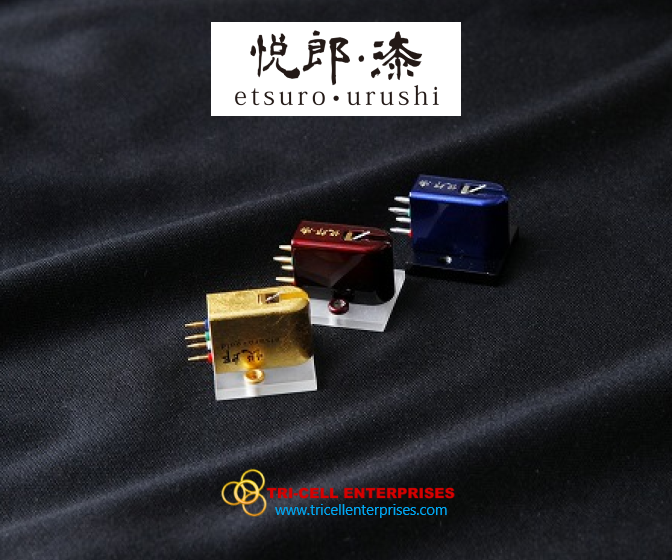
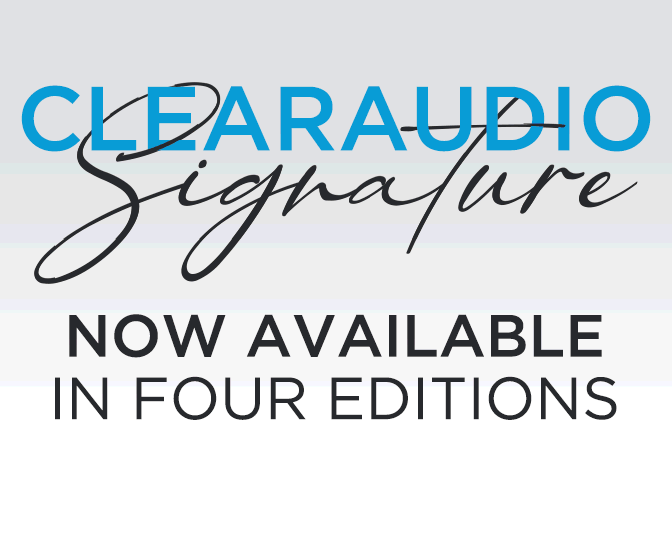
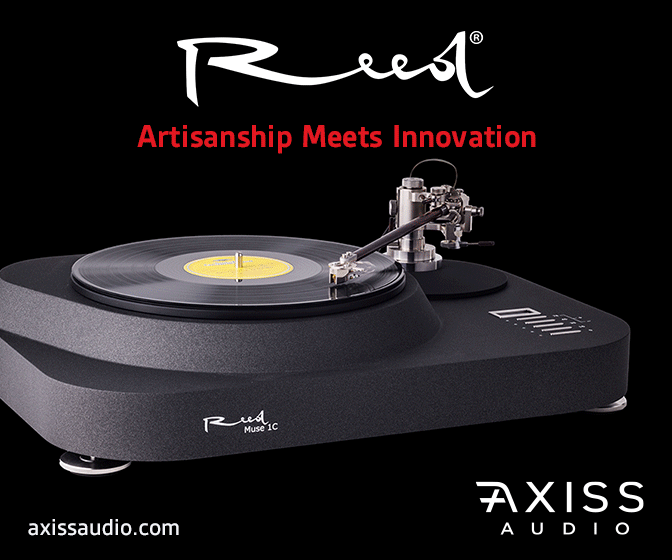
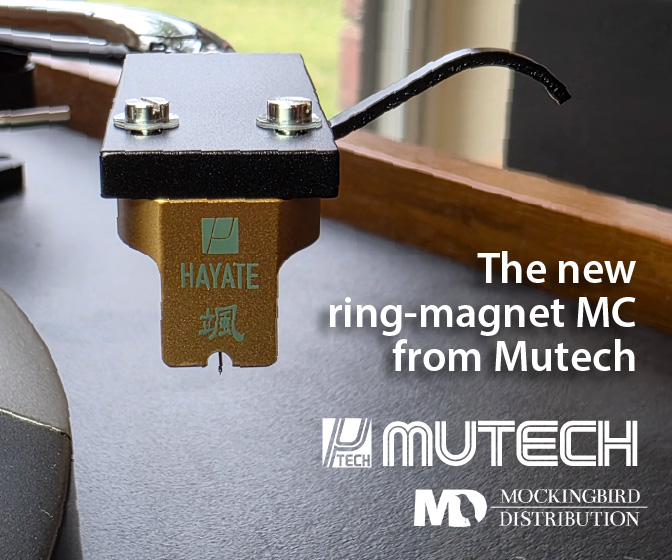
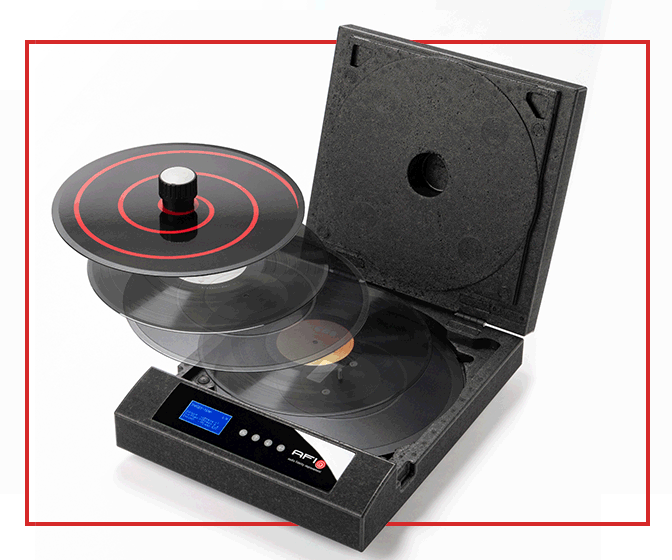
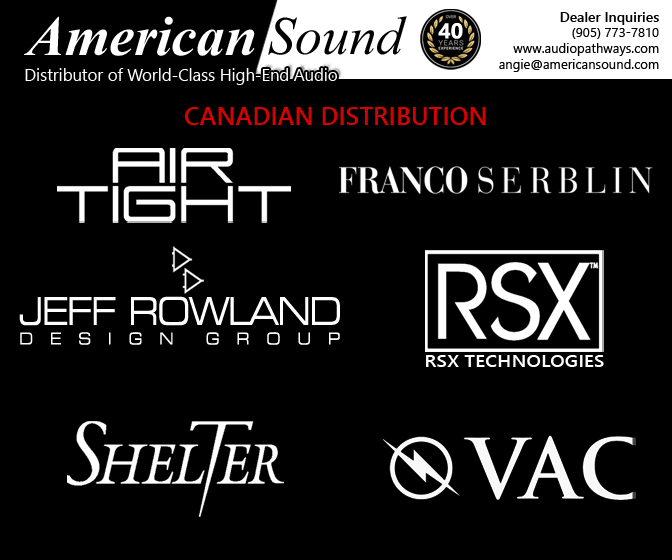
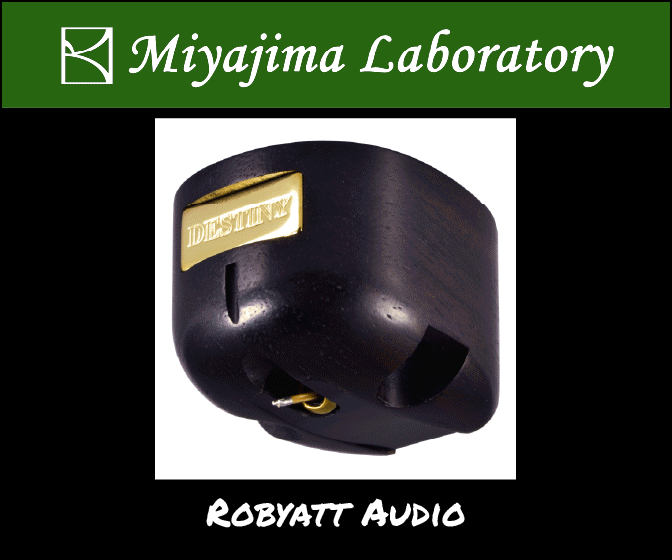

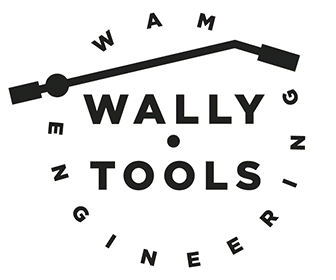
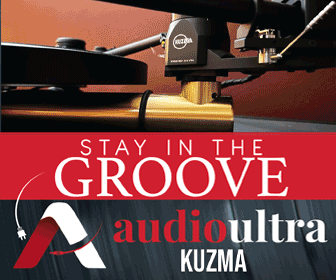
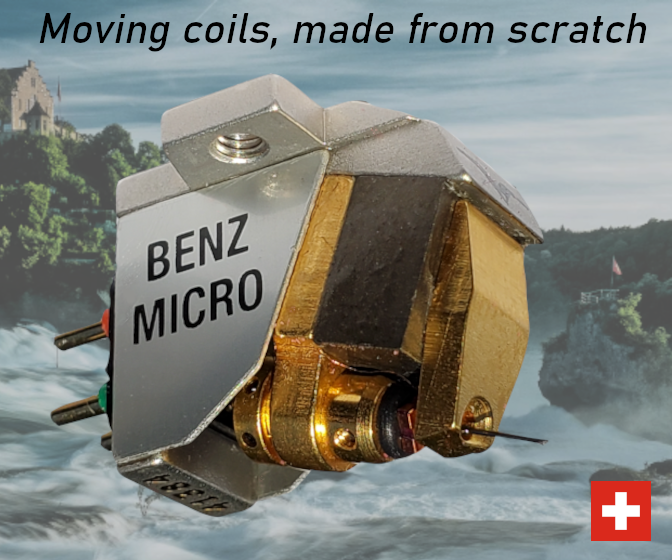

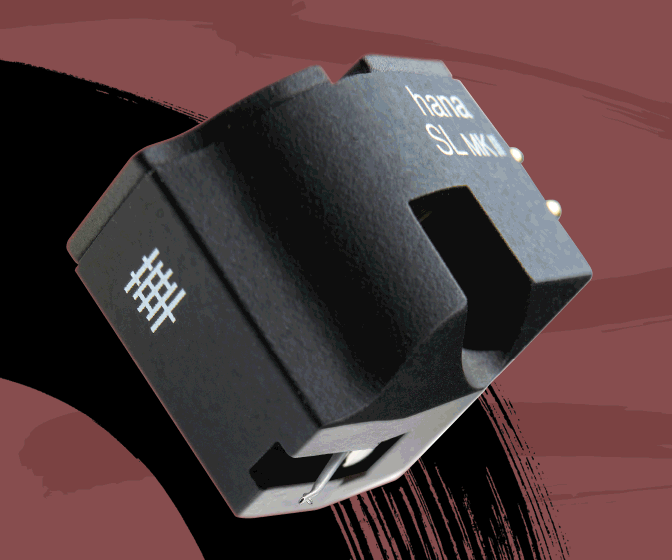
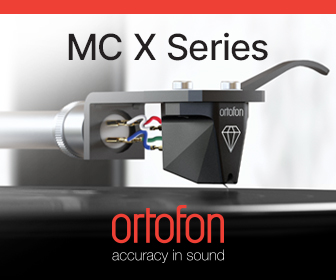
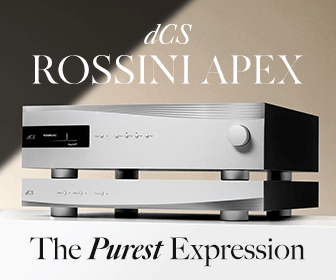
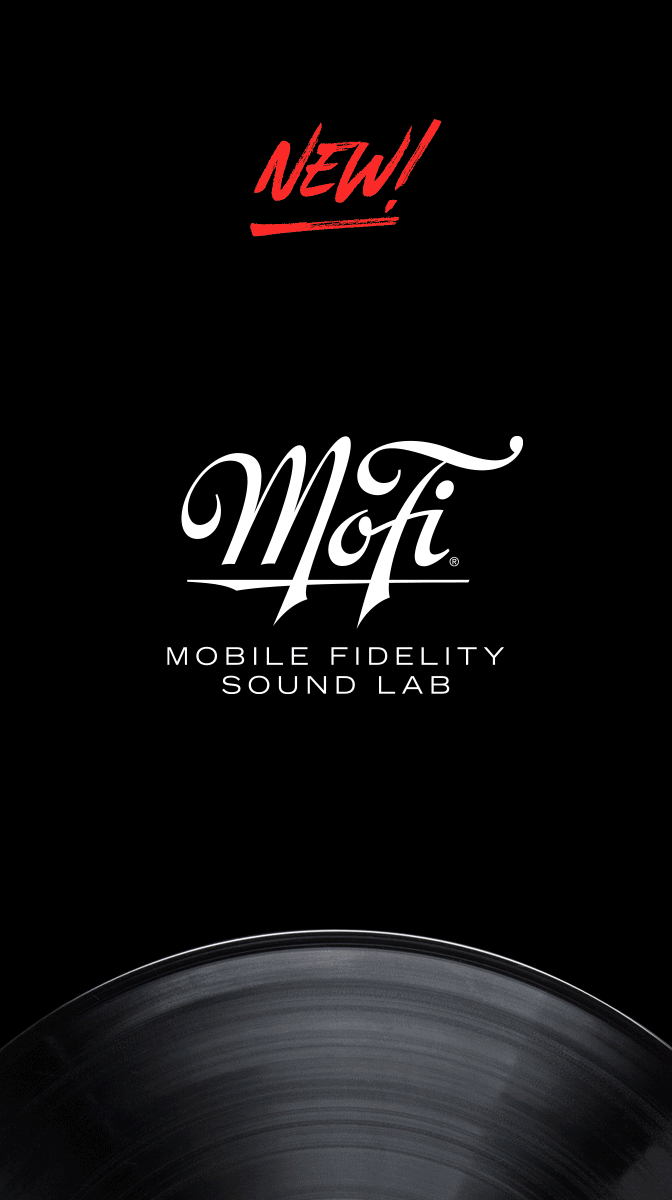
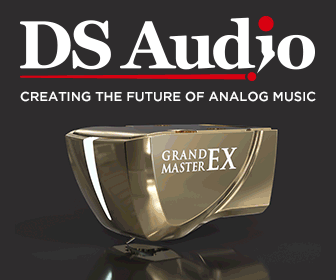
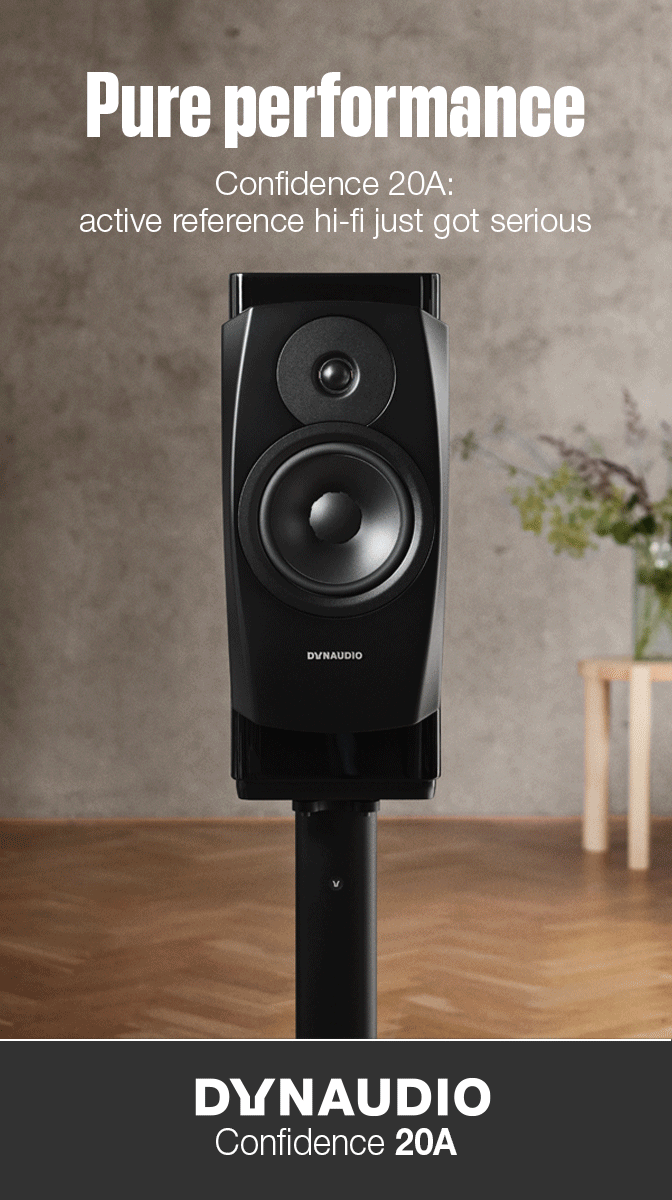
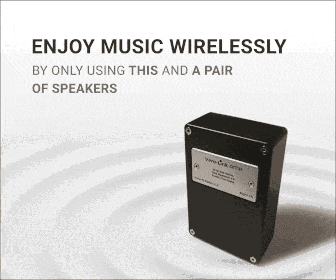
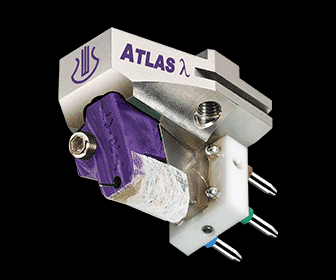

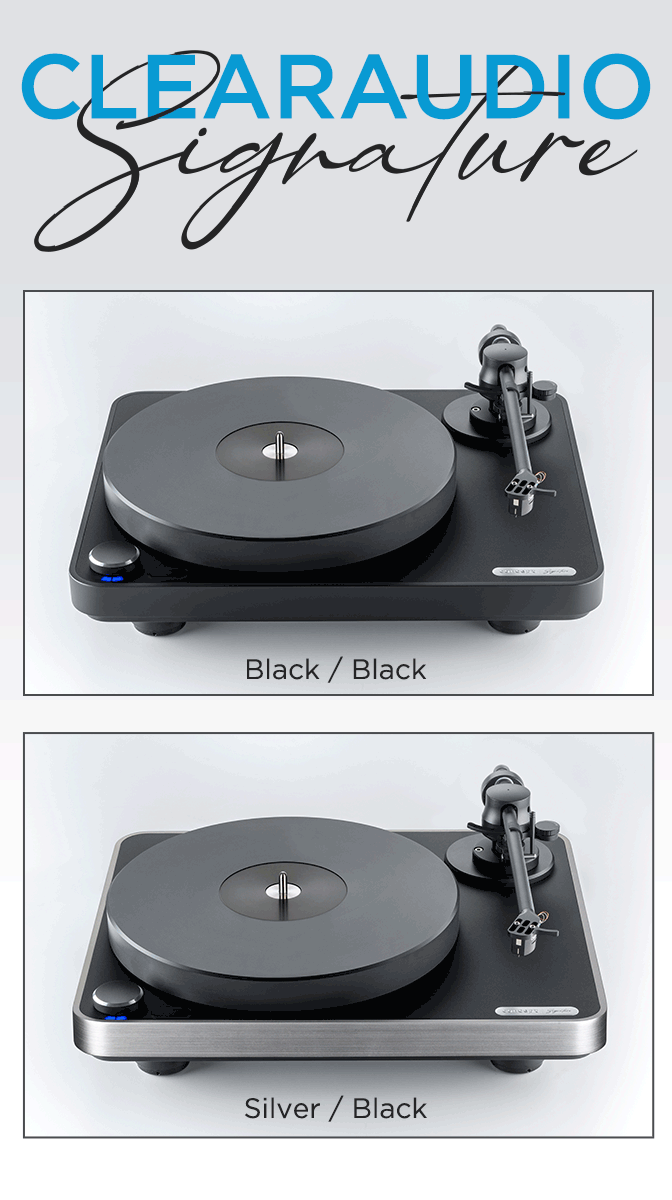
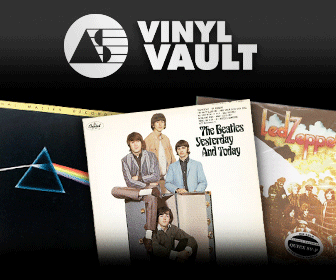

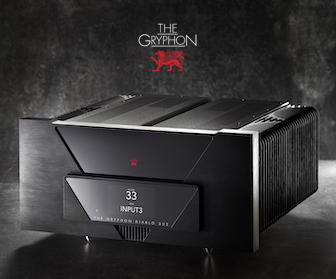
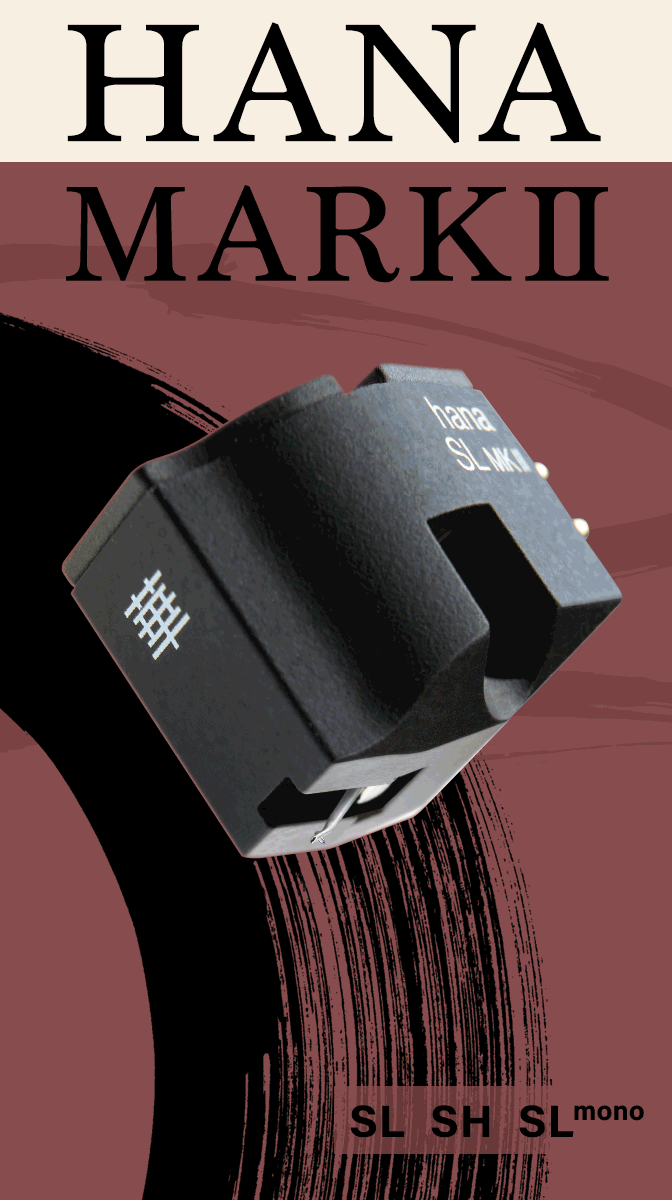


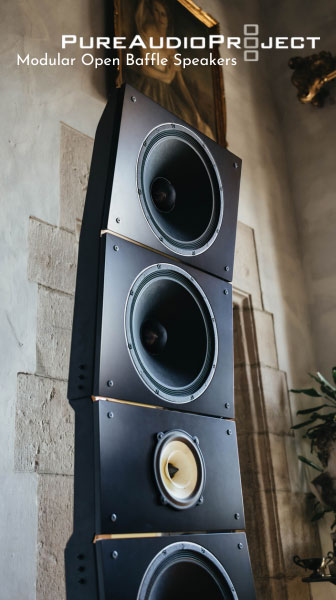
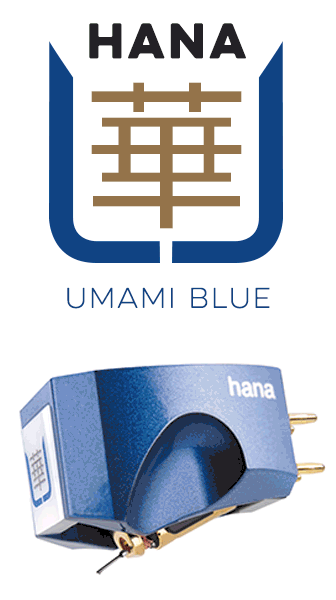





.png)








